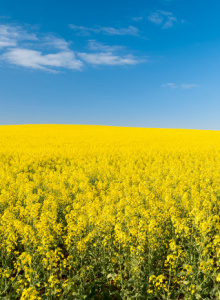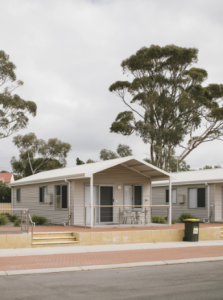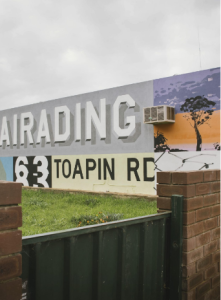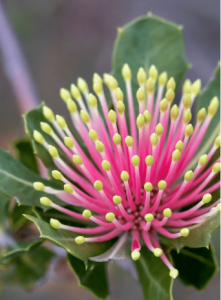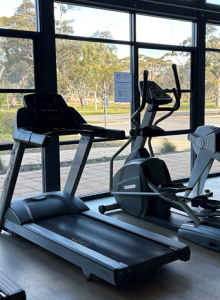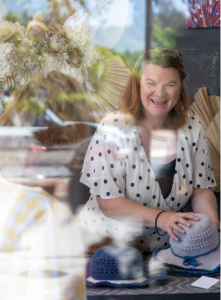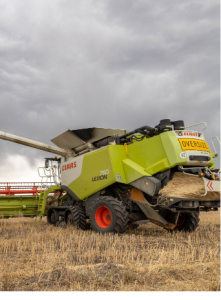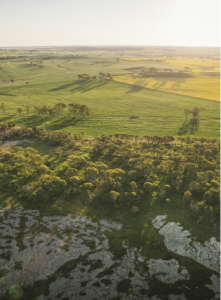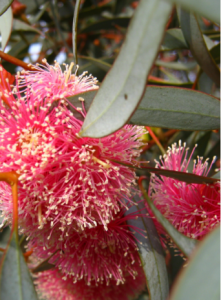The Shire of Quairading covers an area in excess of 2,000 square kilometres and encompasses the townsites and localities of Quairading, Voting, Pantapin, Dangin, South Caroling, Balkuling, Badjaling, Doodenanning and Wamenusking and rural farmland. It remains however, primarily rural. The combined population of approximately 1,0191 is one of diverse backgrounds.
Council is particularly concerned that the needs of people in our community are met so they may enjoy the unique lifestyle that the Quairading district offers.
The district has a wide array of recreational and social, leisure, and community facilities which add to the natural beauty of the area, and provides a major part of the infrastructure required to meet the needs and expectations of people who choose to live and work within the Shire of Quairading.
“Our Shire is a place of welcome for all, where we work together, with thriving industry creating jobs, a bright future for our young people, and a bustling town in a beautiful and productive rural setting.”
The Shire of Quairading is responsible for a range of functions, facilities and services including:
Services to property: construction and maintenance of Shire-owned buildings; roads and footpaths; land drainage and development; waste collection and disposal; litter control and street cleaning; planting and caring for street trees; numbering of buildings and lots; street lighting; and bush fire control.
Services to the community: provision and maintenance of playing areas, parks, gardens, reserves and facilities for sporting and community groups; management of the Recreation Precinct and Pool; public library and information services; youth services and community events.
Regulatory services: planning of road systems, sub-divisions and town planning schemes; building approvals for construction, additions or alterations to buildings; Environmental Health services and ranger services for dog and cat control.
General administration: the provision of general information to the public and the lodging of complaints and payment of fees including rates, vehicle licensing and dog registrations.
Processes of government: Ordinary and Special Council and Committee meetings; Electors’ meetings and election of Council Members and community consultations.
It is estimated that there are around 185 people with disability living within the Shire, 18% of the permanent population of 1,019 (ABS Census 2016). The Australian Bureau of Statistics (ABS) Survey of Disability, Ageing and Carers (2003) estimate that 20.6% of Australians identify themselves as having some form of disability. The influx of retirees will increase this number as according to the ABS survey, 50% of people aged over 60 identified themselves as having a disability. The seasonal increase of tourists (July to October), including tourists with disability, must also be considered.
The Western Australia Disability Services Act requires all Local Governments to develop and implement a Disability Access and Inclusion Plan (DAIP) to ensure that people with disability have equal access to its facilities and services.
Other legislation underpinning access and inclusion includes the Western Australia Equal Opportunity Act (1984) and the Commonwealth Disability Discrimination Act 1992 (DOA), both of which make discrimination on the basis of a person’s disability unlawful.
The Shire of Quairading is committed to facilitating the inclusion of people with disability through the improvement of access to its information, facilities and services. Towards this goal, the Shire adopted its first Disability Service Plan (DSP) in 2004 to address the Access barriers within the community.
Since the adoption of the initial DAIP 2016-21, the Shire has implemented initiatives and made progress towards better access. Some of these are highlighted in Appendix 1 under the relevant key outcome headings of the 2016-21.
Read the Disability Access and Inclusion Plan 2022-2026 here:

